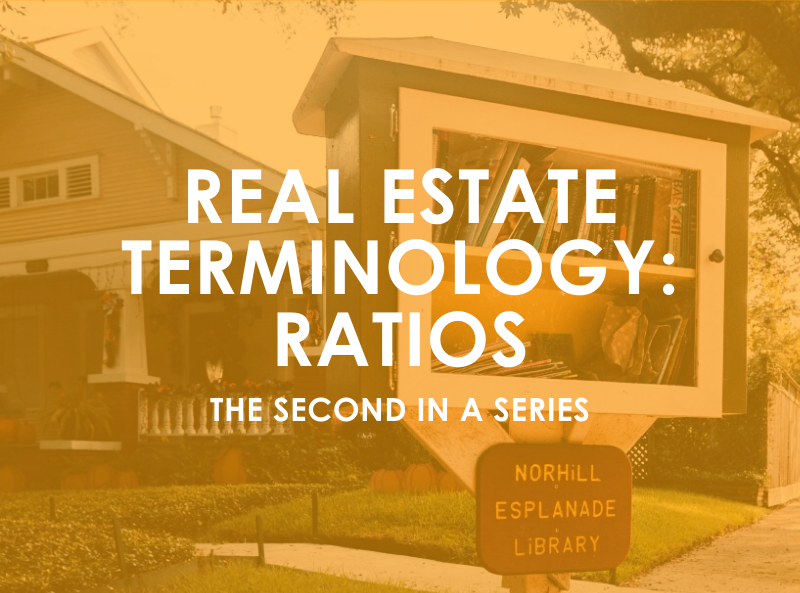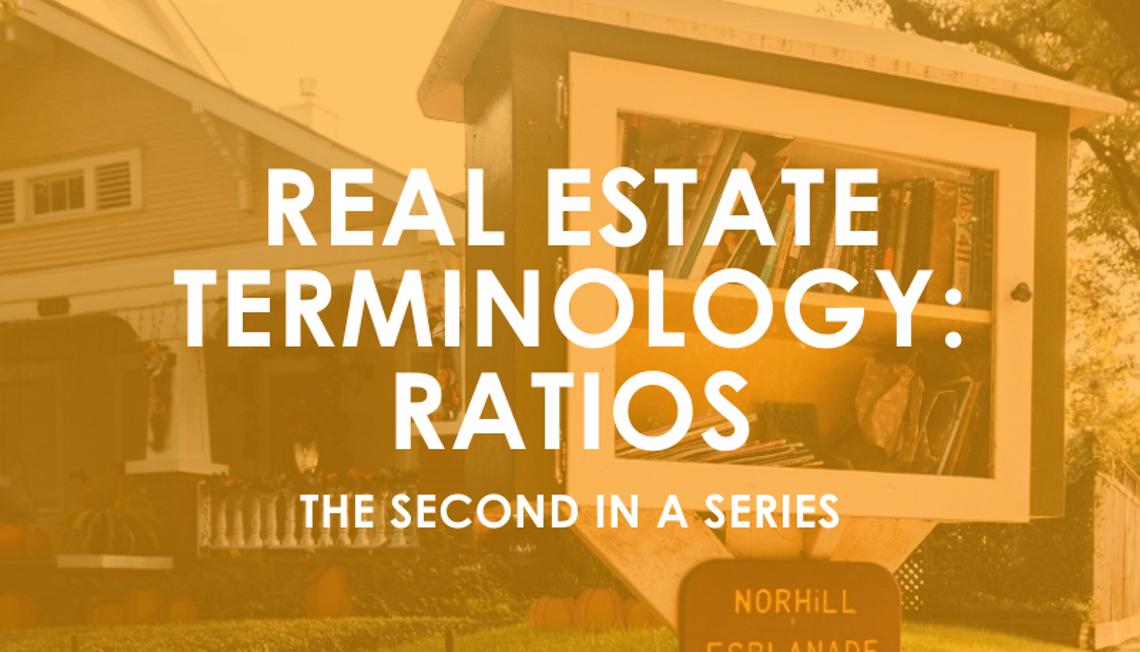
In the vocabulary of real estate, various ratios help buyers and mortgage services determine the viability of a purchase. A ratio is a way of expressing the relationship between two values or amounts. Usually, ratios compare how much of one thing there is to another such as a 20 to one student-to-teacher ratio. Expressed as 20:1 or 20/1, it means that on average, there are 20 students for every one teacher. In real estate, there are many sets of ratios used to determine the value of a purchase or sale. Different ratios apply to homebuyers, investment property buyers, sellers, and mortgage lenders. Since ratios are guidelines that can make or break a deal, knowing how ratios affect you and how you can control them will make your real estate transactions smoother. Three that apply to homebuyers are the debt-to-income ratio, the loan-to-value ratio, and the price-to-income ratio.
Debt-to-Income Ratio (DTI)
The most important ratio to homebuyers is the debt-to-income (DTI) ratio. This ratio expresses the relationship between how much money a borrower makes monthly and her monthly long-term debt obligations. Lenders use these figures to determine the maximum amount of monthly mortgage payment you can handle.
The first number, known as the front or top ratio, is the percentage of your monthly before tax (gross) income, and any other regular payments (child support, rental income, trust disbursement, etc.) used to pay your housing expenses, including mortgage principal, mortgage interest, property taxes, mortgage insurance, and association dues.
The second number, the back, or bottom ratio, uses the same income and housing expenses as the front ratio, but also adds in any long-term obligations such as school loans, vehicle loans, and other consumer debt (like that couch you bought on a three-year note). It is the percentage of your income used to pay housing and long-term debt expenses.
The lower your DTI, the better. In most cases, you’ll need a bottom ratio of 50% or less, but the specific requirement depends on the type of mortgage you’re applying for.
Loan-to-Value Ratio (LTV)
The loan-to-value ratio is a comparison between the mortgage amount and either the appraised value (for refinance) or purchase price (for new purchase) of your home. Lenders factor your loan-to-value ratio into their underwriting considerations. A lower LTV typically allows the borrower to get lower interest rates while a higher LTV is riskier for the lender, so the borrower might pay higher interest rates. A high LTV also often requires private mortgage insurance (PMI) to protect the lender.
To figure your home’s LTV, divide the mortgage amount by the purchase price or appraised value. A conforming loan typically requires an 80% loan to value, so if your purchase price is $200,000 then an 80% loan would be $160,000 and you would need a down payment of $40,000. If the LTV ratio is very high, where the loan amount is higher than the appraised value, the home is “upside-down” (worth less than the mortgage amount).
Price-to-Income Ratio or Price
While the DTI is based on your personal income, and the LTV is based on a specific home’s value, a price-to-income ratio is based on the affordability of housing for a given geographical area. Typically, it is the ratio of median home pricing to the median household disposable income. These numbers let you determine if a home is over- or under-priced for an area, or if it is a potentially good investment if you plan to sell your home after a short time. It also gives lenders one more factor in determining risk for the size of the loan they might offer.
We can help you determine if an area is right for your budget, if your debt-to-income ratio is on target, and if the price-to-income ratio for the community you’re looking at has affordable pricing for the families living there. Call us and we’ll help set you on the right path to homeownership.
If you’re thinking of buying or selling, let’s talk! We’d love to talk and see if Norhill Realty is the right firm to help you. Fill out the form below to get matched with an agent to learn more about the home buying and home selling process.
Oops! We could not locate your form.




